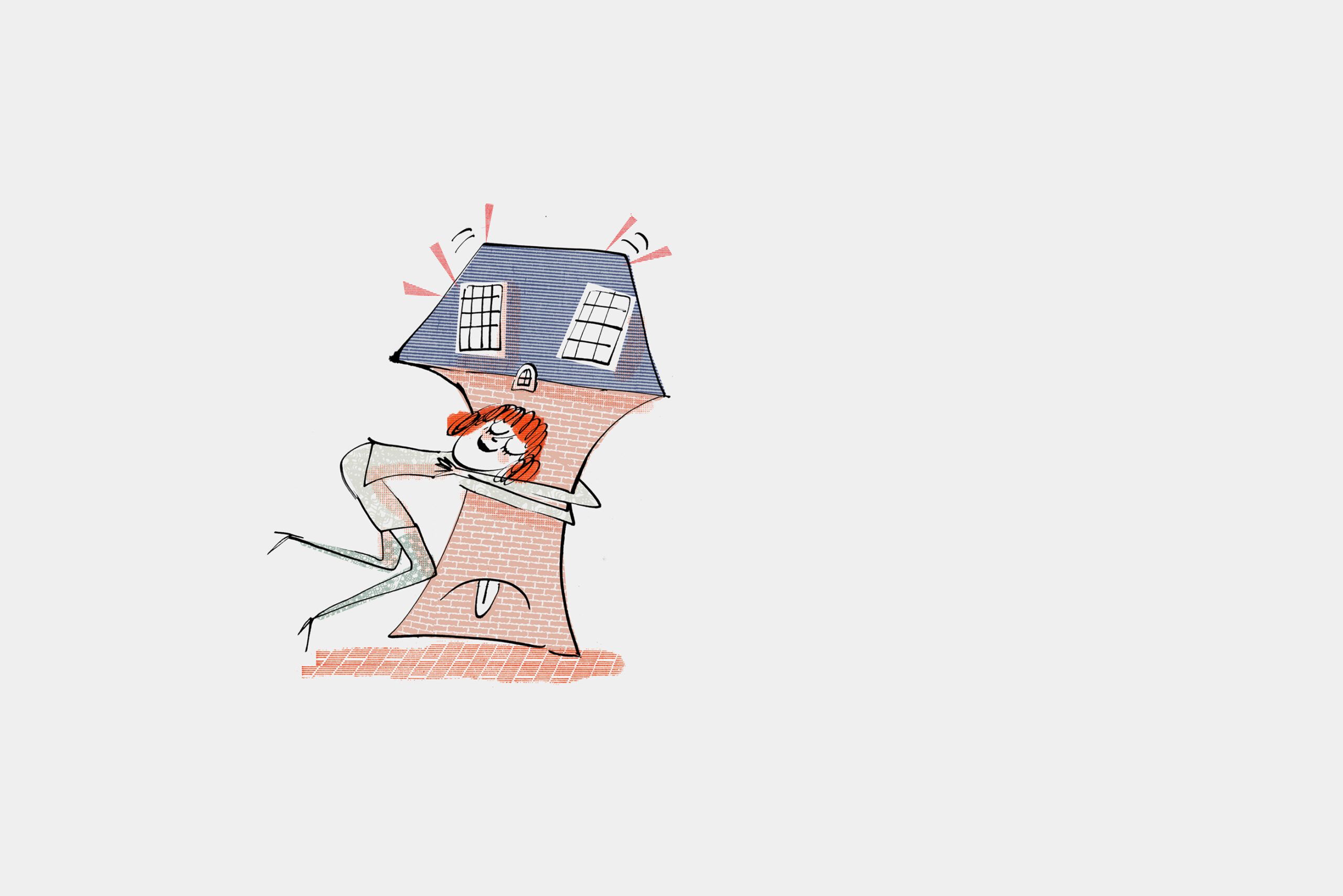Too Much Love Can be a Bad Thing
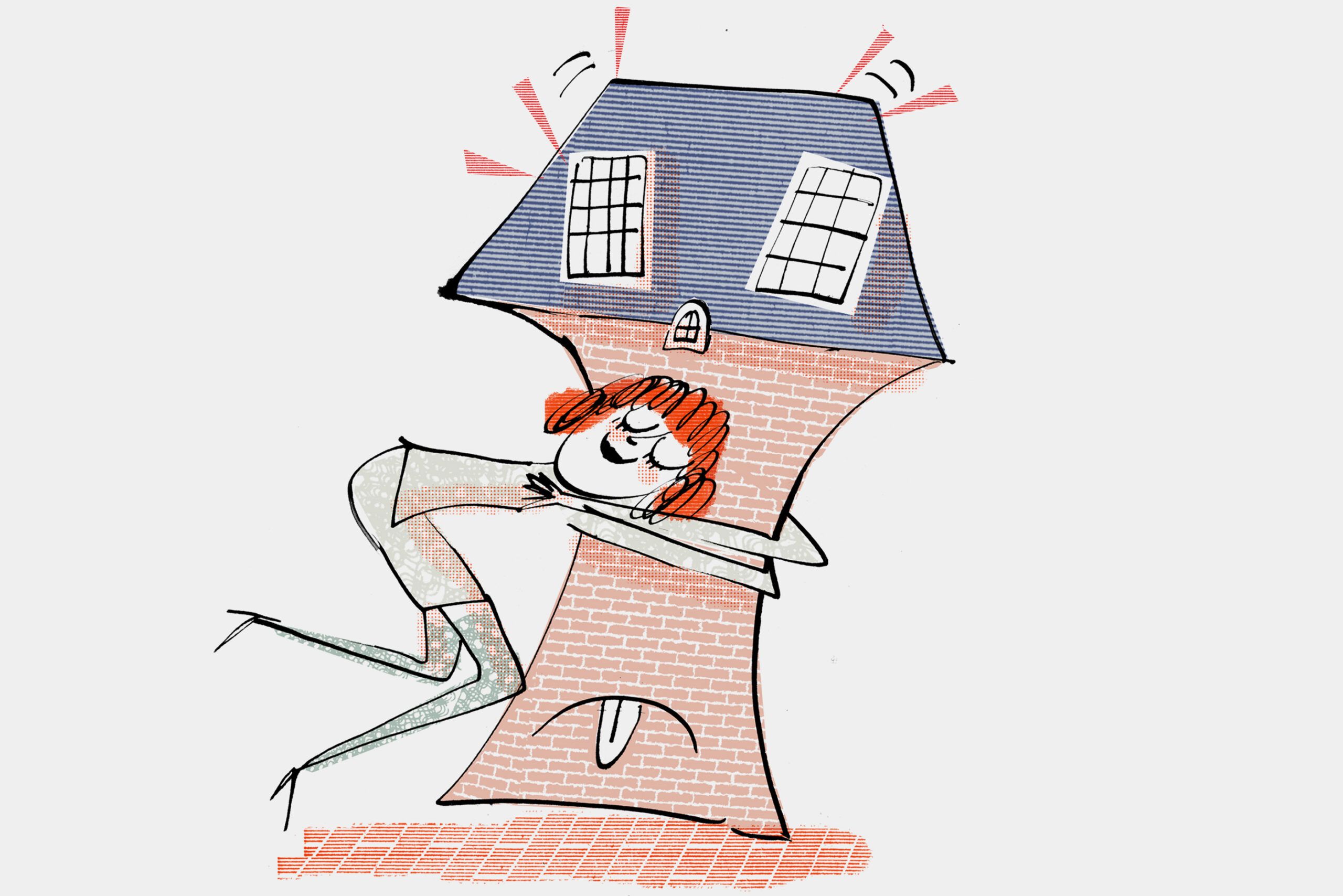
You’re house-proud—we understand. But it is possible to overdo when it comes to upkeep. Here we explain 19 common DIY mistakes and how your enthusiasm for homeownership could be doing more harm than good.
1. Screwing in Brighter Bulbs

A well-lit room sets a cheery scene, but exceeding a lamp or light fixture’s recommended wattage is a dangerous move, especially if you’re still using incandescents or halogens in your home. “Wattage is related to heat,” explains John Drengenberg, consumer safety director for Underwriters Laboratories (UL). “Using a bulb with too-high wattage will cause the fixture and its wiring to overheat.” If the heat travels into the wall and erodes the insulation on wires, sparks can result—and a serious house fire can ensue.
Instead: Use appropriate bulbs. All fixtures should carry a label stating that they’ve been UL-tested for safety; this indicates the maximum wattage they can handle. No sticker? With older fixtures especially, Drengenberg recommends using a bulb of 40 watts or less. Better yet, upgrade to LED bulbs, which run cooler, glow brighter watt for watt, and save energy costs.
2. Serial Repainting
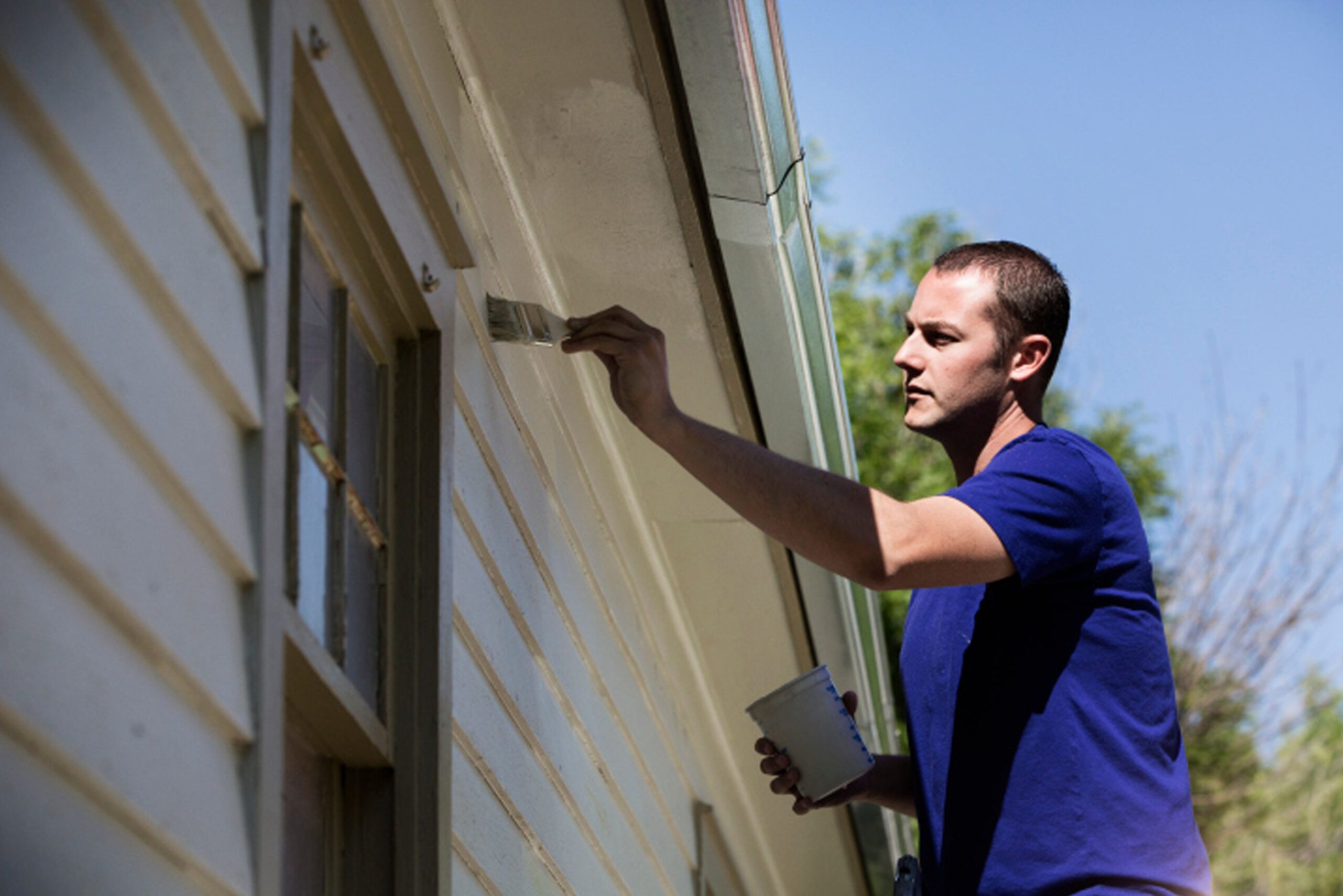
That cracked coating that blankets your exterior is nothing a little more paint can’t remedy, right? Think again, says Rich O’Neil, a pro painter in Woburn, Massachusetts. Excessive paint is detrimental—especially on an older house, which may have layers of thicker oil-based paint, which becomes brittle with age. Regularly adding more may restrict the old paint’s ability to flex with temperature and humidity changes, leading to “alligatoring,” or thick, cracked, peeling paint.
Instead: Keep a paint job looking great with annual touch-ups in spring or summer. Start with a careful power-washing, then scrape and sand areas that need attention, typically around windows and doors, where water accumulates. Buy 100 percent acrylic-resin exterior paint for superior adhesion.
3. Insulating the Attic with Abandon
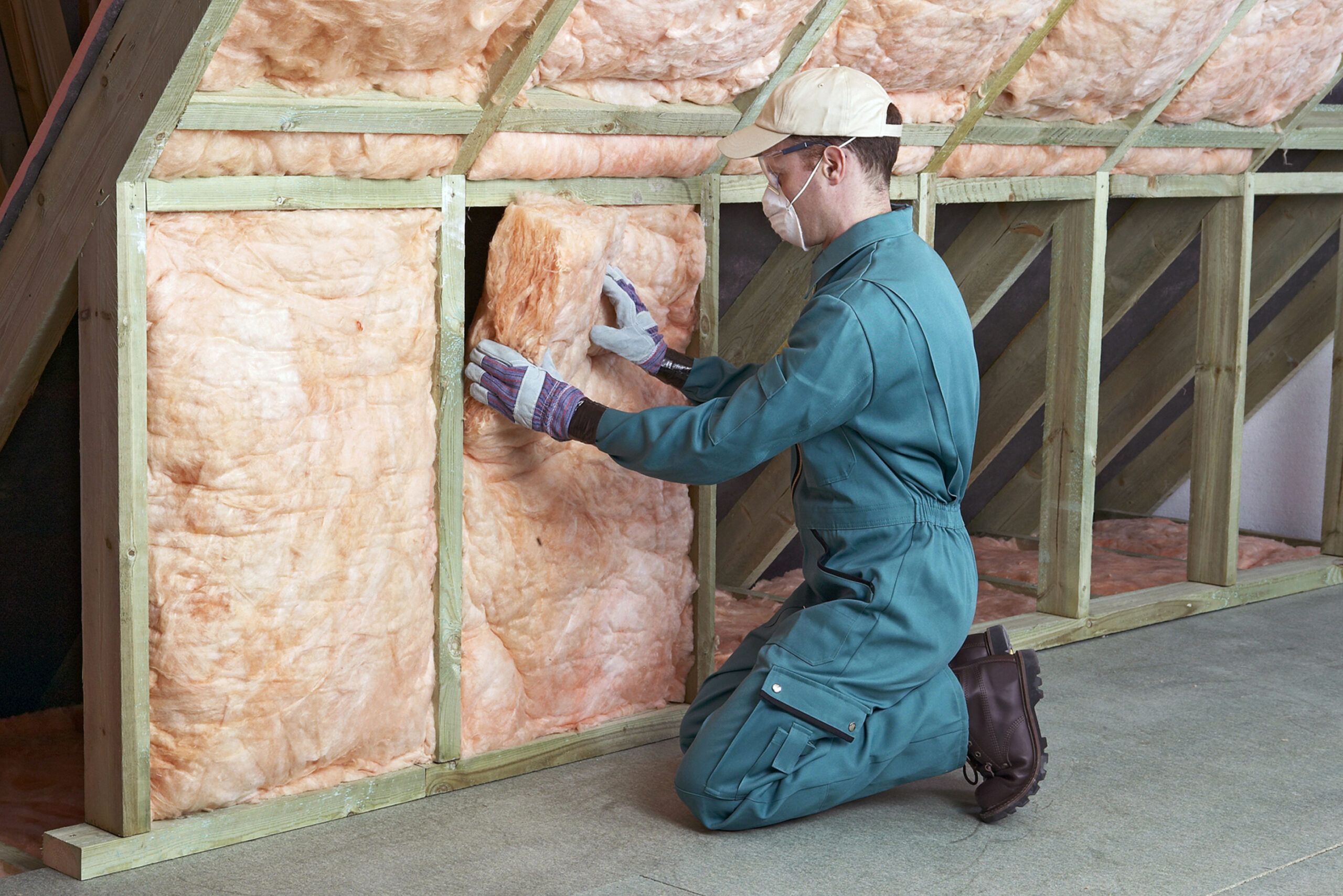
Older houses often have too little insulation. Installed right, a layer of cellulose or loose fiberglass insulation in the attic is almost always a good thing. It slows the loss of heat, saving money as well as wear and tear on your furnace. In summer, it’ll keep the house cooler. But if soffit vents along the eaves become blocked by insulation, it can impede air circulation, allowing moisture to accumulate on roof sheathing and upping the potential for attic mold. It can also lead to ice dams in winter and the roof leaks that come with them.
Instead: Before adding insulation, seal air leaks between the house and the attic. Apply canned spray foam, airtight tape, or firestop sealant to close off gaps around wires and plumbing. Use metal flashing and nonflammable insulation, such as rock wool, to close off gaps around chimneys. Then add at least enough insulation to meet your area’s energy codes, installing plastic or cardboard baffles along eaves to keep insulation from blocking vents.
4. Spritzing Mirrors with Glass Cleaner

Who knew? While store-bought spray will make your looking glass sparkle, just a drop of the liquid running around the mirror’s edge can cause the reflective backing to lift or craze. The resulting “black edge” is a common outcome of using ammonia- or vinegar-based cleaners.
Instead: Try warm water and a soft, lint-free cloth—it’ll go a long way toward getting your mirrors clean. Wet and wring out a microfiber sheet, wipe the mirror, and then quickly swipe it with a dry cloth. If gooey or greasy marks call for something stronger, spray commercial glass cleaner directly onto a dry cloth, not the glass, and avoid the mirror’s rim when wiping.
5. Amping Up the Range Hood

Sending smoke, odors, moisture, and combustion fumes out of the kitchen makes for healthier air and a cleaner house. Plus, that huge hood looks so deluxe over your new pro-style range. But a high-powered hood can draw up to 1,200 cubic feet of air per minute, sucking up that icky stuff—while potentially drawing a slew of ills into your home, including chimney exhaust and combustion gases from a furnace or water heater. This “back-drafting” not only can make a smoky, smelly mess of your house, it can pull in lethal doses of carbon monoxide.
Instead: Consult with a contractor about the probability of back-drafting in your home. The Home Ventilating Institute recommends that a hood installed against a wall draw 100 cubic feet per minute per linear foot of range—so a 36-incher requires a 300 cfm hood. If the range is in an island, add 50. If you choose to go bigger, code may require adding a makeup air system. “When air is exhausted, it creates a negative pressure in the house, so air will come in wherever it can,” says HVI quality assurance manager John Rose. “The device lets you control where the air enters, so it doesn’t come down the chimney or through combustion appliance vents.”
6. Planting Trees Near Walks and Driveways
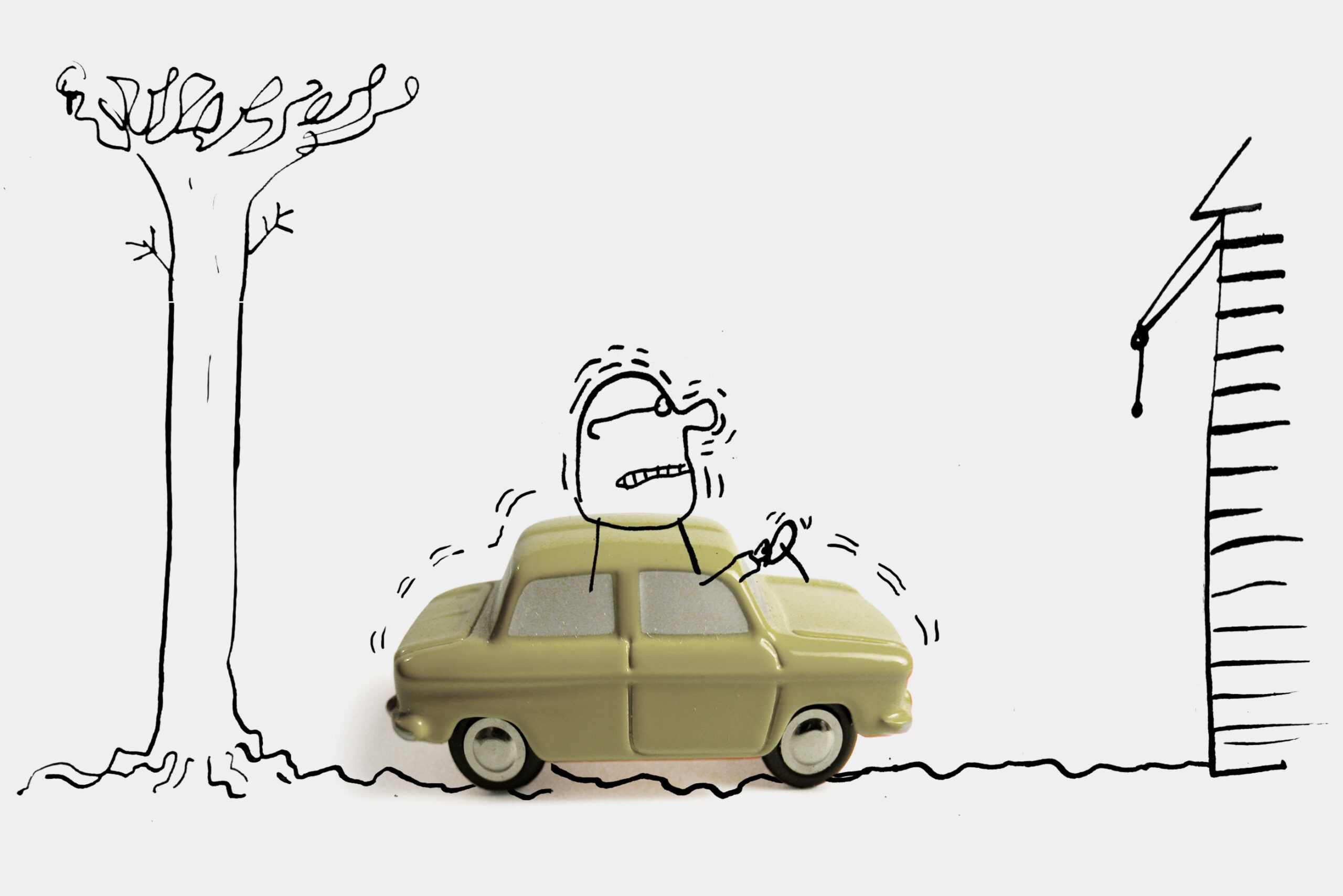
An allée of trees leading to the entry might up your house’s street appeal, but planting a young specimen too close to paving puts both sapling and slab at risk. As they grow taller and spread their roots outward, trees push up paving, causing it to buckle and crack.
Instead: Expect big things. Know what type of tree you’re planting and how it will develop. The roots of a shade tree will likely spread at least as wide as its leafy canopy. Plant small specimens that will stay under 20 feet at maturity at least 10 feet from paved areas; larger ones should have a 20-foot buffer zone.
7. Coddling Counters with Sealer

You want to give your new kitchen’s stone work surfaces love and a layer of stain protection, but slathering on multiple coats of sealant will only make them look streaky and dull, according to Ryan Burden, owner of countertopspecialty.com. He notes that some granites and travertines look and last better if you don’t use an impregnator at all.
Instead: Test to see if the stone is porous. If a small puddle of water leaves no stain after 30 minutes, the stone can be left bare; if the water leaves a dark mark, it should be treated. Apply sealer in a single, spare layer, or as the manufacturer’s label recommends. Let it penetrate for a few minutes, then use a clean, dry cloth to wipe away the excess and gently buff. You’ll know it’s time to reseal when the countertop fails the water test.
8. Overscrubbing Sinks

You’ve splurged on a new farmhouse sink and want to show it that you care by keeping it grease- and grime-free. But best not to go at it with abrasive cleaners, which will scratch and degrade that beautiful shiny surface. “Cleaners with a grit or grain to them will wear away at the finish and dull it,” says Kohler‘s Mike Marbuch. “That will make the sink more prone to gunk sticking to it—actually making it look dirtier.”
Instead: Respect your fireclay or enameled sink’s sensitive side. Marbuch suggests a liquid cleanser, even vinegar or lemon juice, on your sink, but not bleach, which can react with other substances and damage the finish (even on stainless steel!). Very fine abrasives, such as baking soda or Bar Keepers Friend, used with plenty of water are fine for an occasional scrubbing, or even once a week, but not every day. Try a drop of dish soap instead.
9. Tightening Your House too Much
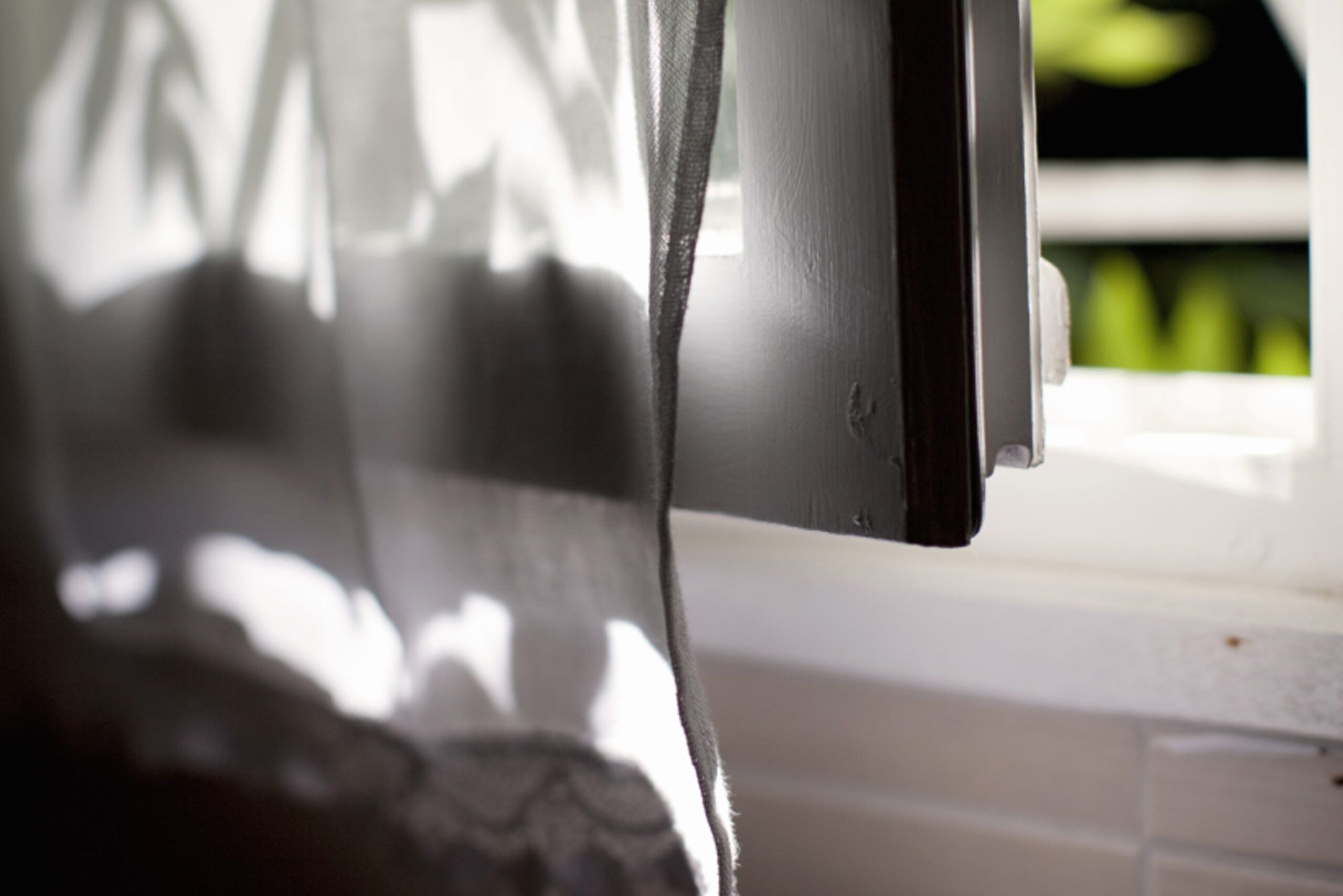
Some rooms are drafty on cold and windy days, so you invest in an arsenal of gap-filling foam and caulk and fill up every crevice you can find. It seems like a good way to shield your home from heat loss, moisture, and pest migration, but your house needs to breathe to stay fit and to provide a healthy environment for your family. Too much sealing and you’ll have your home gasping for breath.
Instead: Caulking cracks and other weak spots is smart, but, says This Old House general contractor Tom Silva, be aware of the difference between those and your home’s vital ventilation openings. “Don’t caulk the weep holes along the bottom of a storm window,” he says, explaining that those vents are there to let out water that can otherwise cause the sills to rot. “Don’t caulk the seams under clapboards, either,” Tom warns. “If condensation collects behind the planks, it may cause your siding and paint to fail.”
10. Overzealous Pressure-Washing
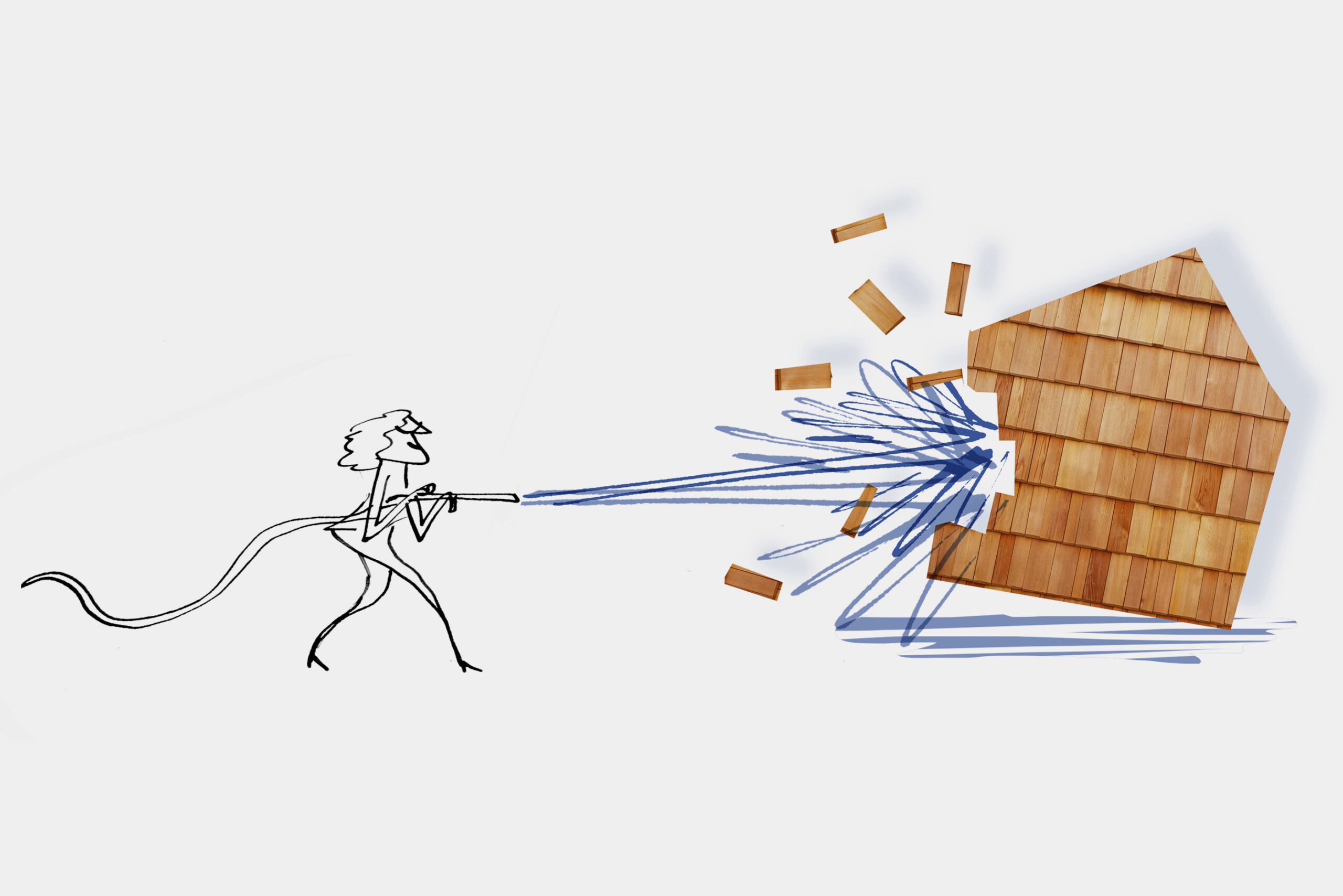
A power-washer can quickly blast the grunge off your concrete driveway or stone patio, but use the wrong tip or too much pressure and you can gouge deck planks, unseat or mar clapboards, and send asphalt and wood shingles flying. Softwoods such as pressure-treated pine or cedar are particularly prone to damage, warns pro refinisher Erich Specht; he cautions that, even at a low setting, these guns expel water at a velocity that can not only splinter wood but shatter glass.
Instead: Choose a low setting and a wide fan tip, at least to start. Specht suggests you set the washer at no higher than 3,000 pounds per square inch with a 40-degree tip, or follow the manufacturer’s recommendations. Keep the head moving, use long, smooth strokes when working over a surface, and stay away from electrical wires or power lines, windows, and vents. Stay safe by wearing eye protection and leather boots, and keep children and pets clear of the work zone.
11. Going Crazy with Can Lights

“Less is more” really sums up the recessed- lighting phenomenon. You get all the illumination of many fixtures with a sleek, minimal aesthetic. But those embedded cans can create heat-sucking air leaks in your home, especially when unsealed fixtures are installed in vaulted ceilings. Recessed lights offer a perfect passageway for warm, moist air to travel into your home’s rafter bays, right on the other side of even an insulated ceiling. They can also pull that air into an unfinished attic. The results can include wasted energy, moisture damage, mold, and ice dams in winter.
Instead: Consider pendant lights in cathedral ceilings and in rooms below unconditioned attics. If you’re bent on the look of recessed lighting, buy airtight fixtures rated for insulation contact (IC) and use as few as you can. More holes equals more potential problems.
12. Storing Firewood Inside
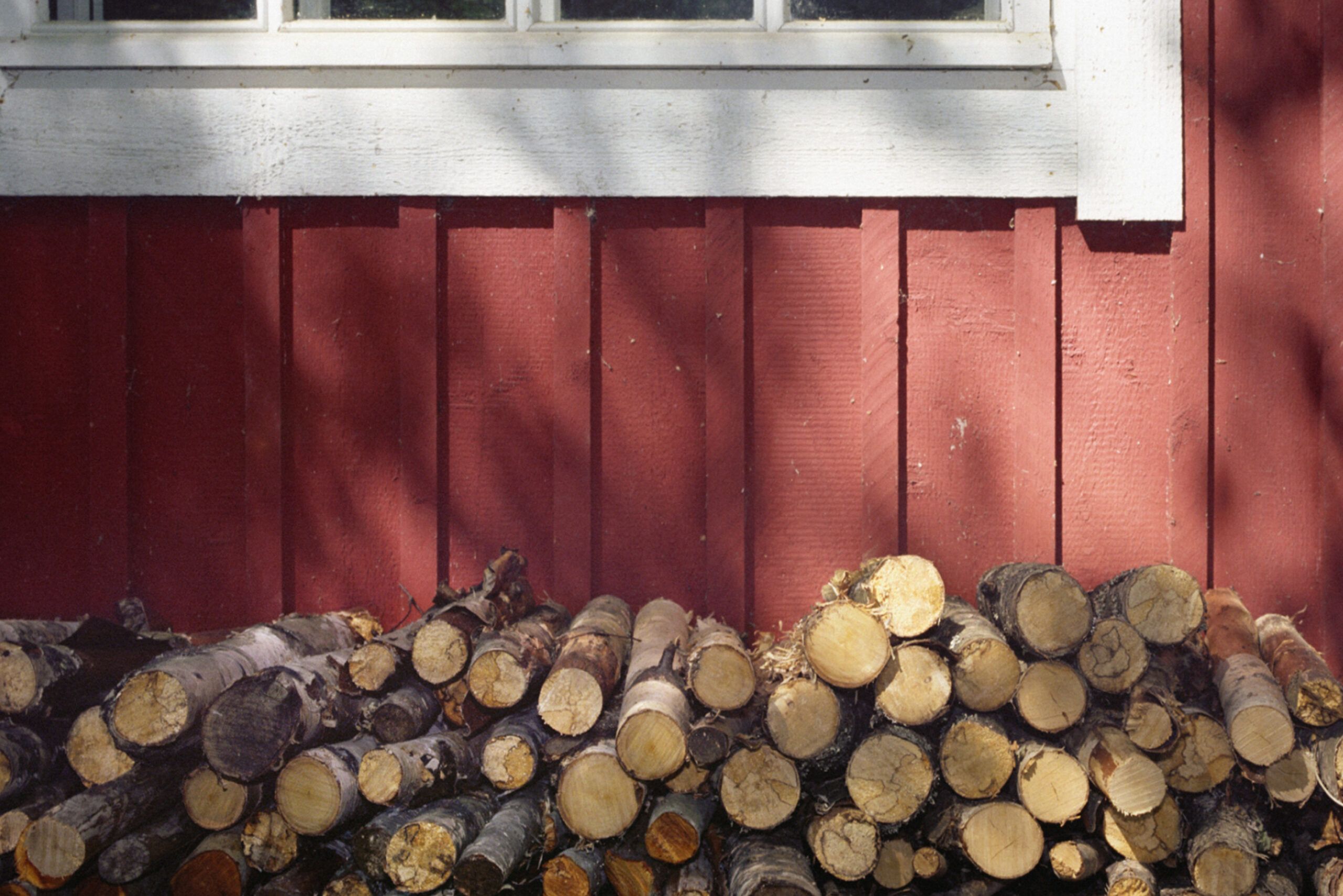
Fuel at your fingertips makes feeding your woodstove or fireplace easier, helping you keep your home warm and cozy in winter. But fresh-cut wood shouldn’t be stored inside. It emits moisture, the true love of mold and mildew, in addition to harboring many-legged pests. “Firewood contains dormant insect matter,” says hearth contractor Mark Schaub from Chimney Savers (908-359-7798). “Put in a warm environment, the bugs come to life and move in.” Moreover, even a small pile of dead wood is a fire hazard, so keep it at least 3 feet from any firebox.
Instead: Buy seasoned wood that’s kiln-dried and labeled as “certified insect-free” at home centers. It’s fine to store indoors. Any other wood should stay outside, with a cover over the top to prevent logs from absorbing water. Bring in a fire’s worth at a time and let damp pieces sit for up to two days before burning.
13. Adding New Roofing Over Old
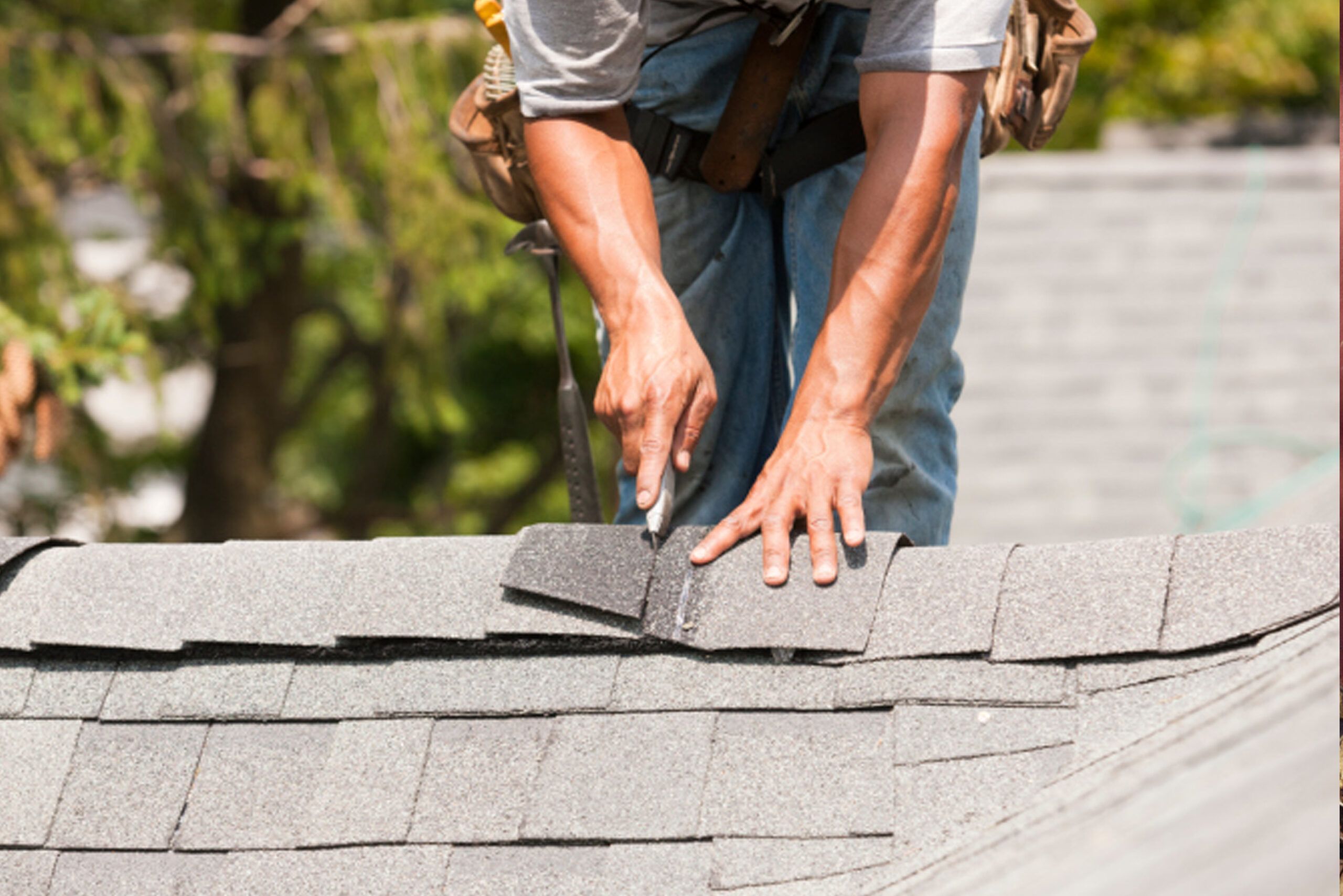
It might seem like a second layer of shingles would protect and insulate your house—and this practice is definitely easier and kinder to your wallet than removing the old layer when reroofing. But piling on the shingles can compromise a house’s rafters, since the asphalt can weigh upwards of 450 pounds per 100 square feet. Double-shingling shortens the lifespan of your roof, as two layers trap more degrading heat than one, and prevent inspection for leaks or insufficient flashing in the original shingles and sheathing. Plus, that quick fix may violate local building code, void your shingle manufacturer’s warranty, and cost you more in the long run, when you’ll have two layers of roofing to remove and dispose of.
Instead: “Remove old shingles before installing new ones,” says This Old House General Contractor Tom Silva. Once existing shingles are stripped off, you can inspect and repair or replace the roof sheathing and flashing, an effort that will save you the grief of leaks later. Plus, Tom says, “The new roofing will lie nice and flat,” giving your home a neat, well-maintained look.
14. Supersizing the Air Conditioner
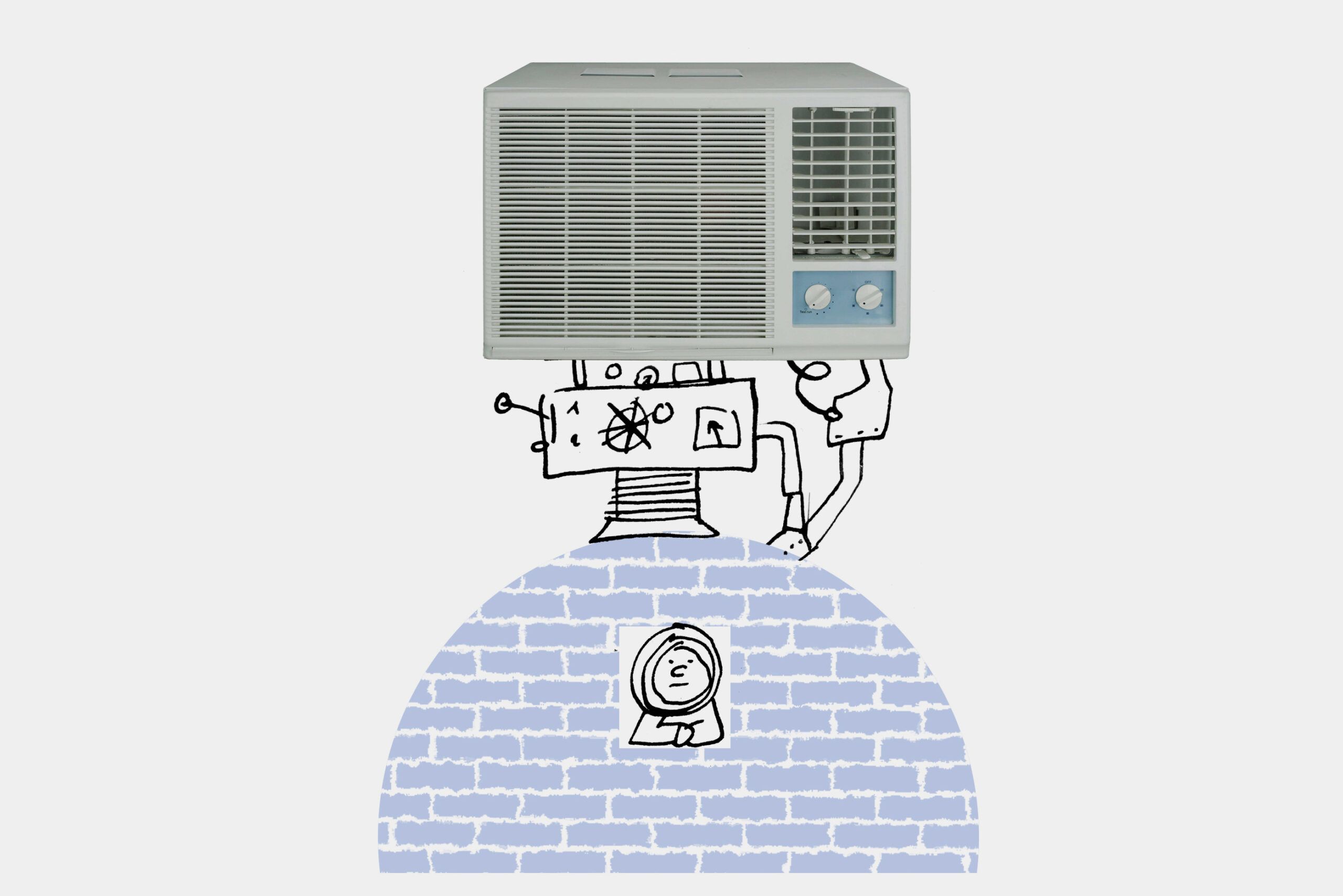
High-power AC may seem like a shortcut to comfort during the steamy summer months ahead, but a pricey oversize system is no gift to your home or to you. When its cooling capacity is more than a house requires, an AC unit runs only in short bursts—HVAC pros call it “short-cycling.” The unit will hog energy while failing to lower indoor humidity, leaving the air feeling clammy and increasing the risk of mold.
Instead: Whether it’s a whole-house system or a room unit, check the label for its capacity, listed in Btus. If you’re buying a window unit to cool a single room, look for 20 Btus per square foot. If you’re investing in a whole-house system, you’ll need a pro to run what’s called a “Manual J” calculation to determine the correct cooling load for your home’s size.
15. Fanatically Fertilizing
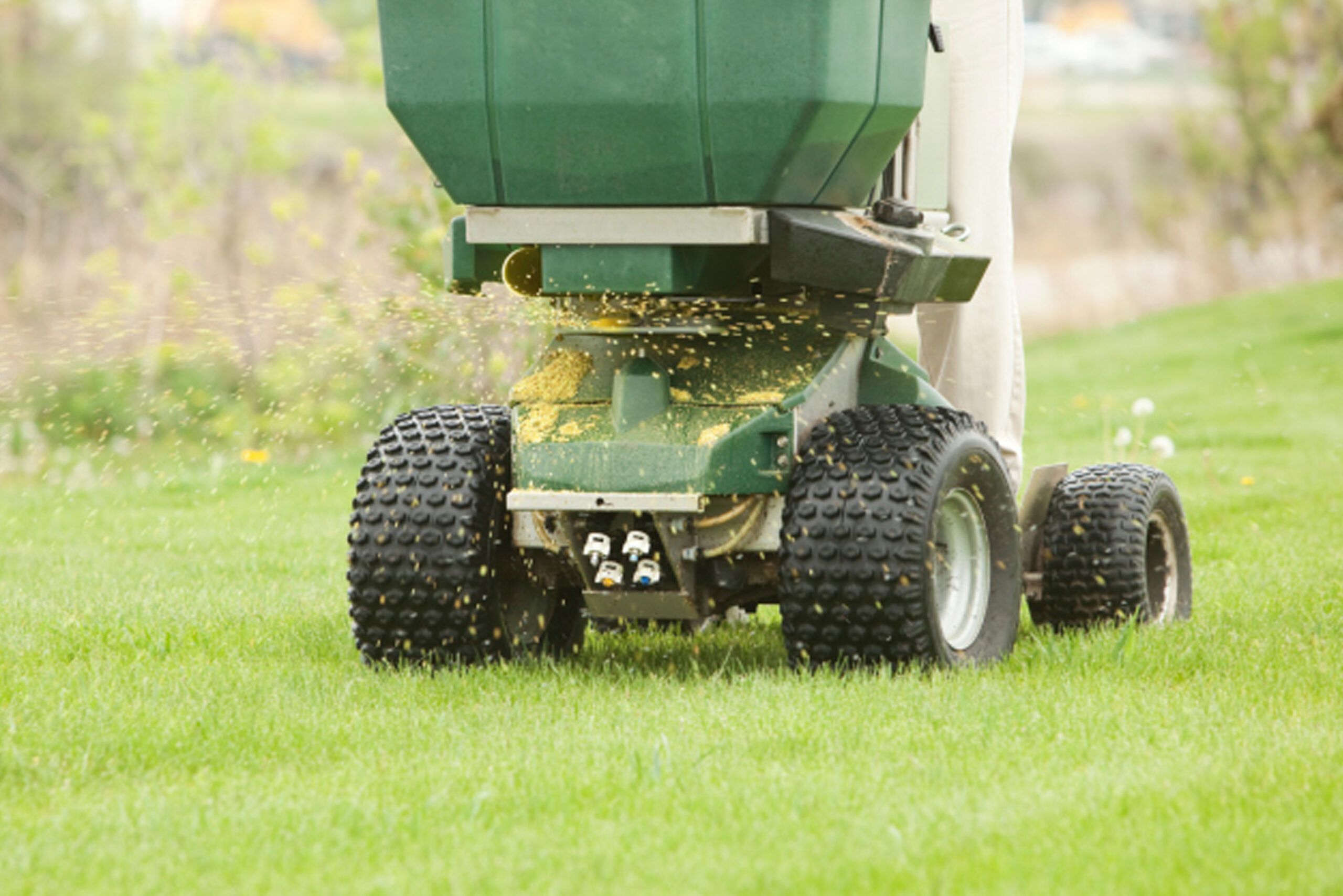
An occasional Saturday morning spent nourishing the grass seems a fair price for a lush, green lawn. A healthy yard not only sparks envy in the neighborhood, it loves itself, holding in moisture and fending off weed invasions. But fertilizing too often encourages those weeds, including annual bluegrass, Bermuda grass, and crabgrass. It also feeds turf-smothering thatch. And then there’s the problem that the Environmental Protection Agency calls “nutrient pollution,” when nitrogen and phosphorus runoff from lawn fertilizers causes an overgrowth of algae that pollutes local waterways.
Instead: Get a soil test, then fertilize responsibly, using a product largely made up of controlled-release nitrogen; sulfur-coated urea, ureaform, or IBDU (isobutylidene diurea) formulas provide a slow, steady nutrient supply. Manufacturers may recommend application four times annually, but that’s likely more than your lawn needs. Consult a local extension service—the University of Minnesota Extension, for example, recommends fertilizing in late summer and fall only.
16. Allowing Heavy Trucks to Linger

Construction-supply trucks, furniture deliverers, and other heavy vehicles pulling up to your house may carry promises of good things to come, but be wary, as they can also lead to permanent cracks in your driveway. A reinforced concrete drive can support up to 20,000 pounds per single-axle vehicle, and 36,000 for those with tandem axles. But a fully laden demolition dumpster or concrete truck can weigh 60,000 pounds—more than enough to buckle concrete or cause a softer asphalt surface to crumble or furrow. “Repeat deliveries by lighter trucks can also be a problem,” says paving pro Brian Killingsworth; 10 to 20 passes by a 16,000-pound vehicle may add up to permanent stress fractures.
Instead: Ask contractors to have overweight trucks and vans park on the street. Or insist that they put 2×12s under the tires of large-size vehicles, and 2×8s beneath dumpster wheels, to distribute the weight.
17. Spreading Too Much Mulch
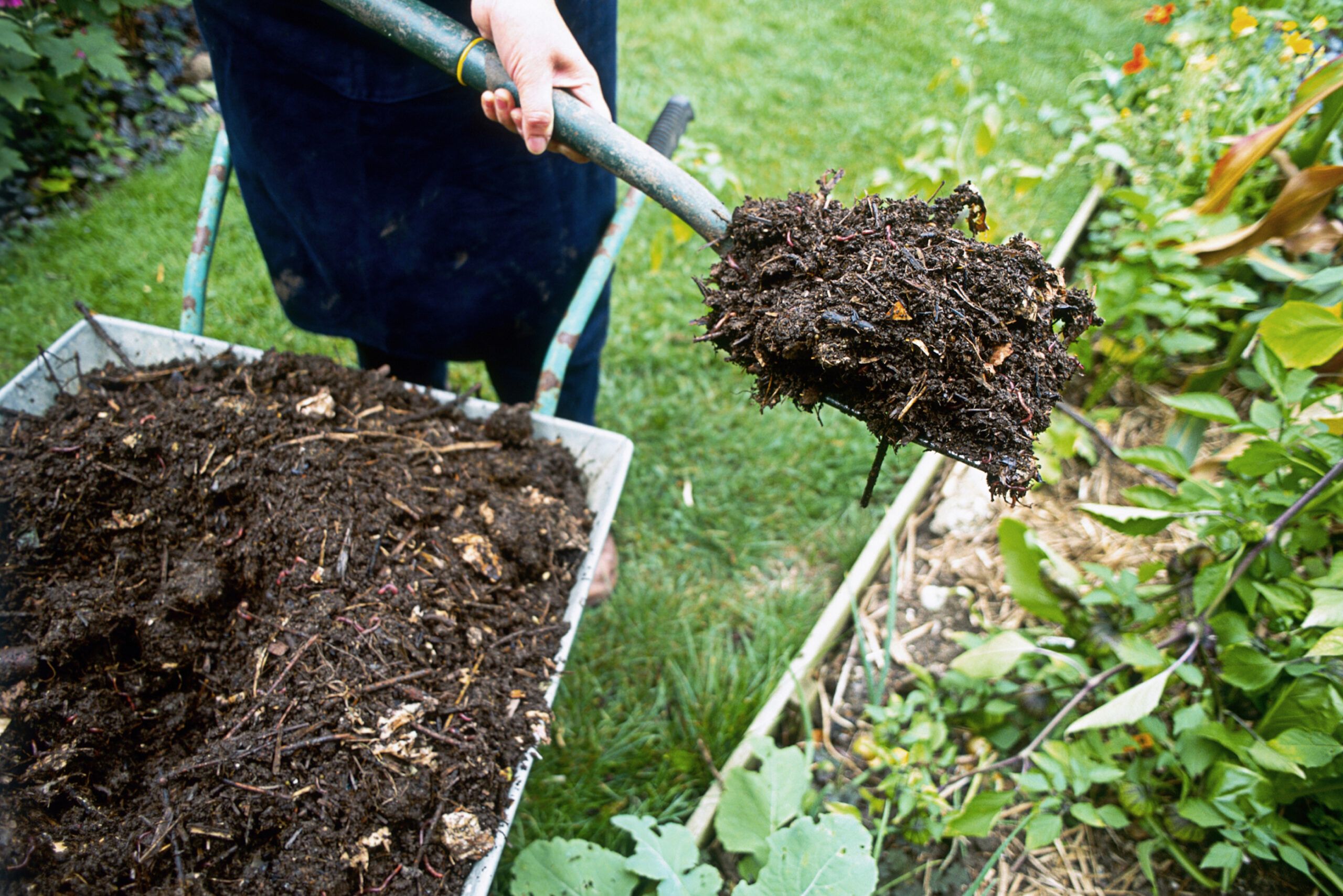
It’s soft, it’s rich, it’s insulating—how on earth could you lay it on too thick? But overmulching will suffocate plants, confuse their root systems, and prevent water from percolating into the soil. If you’ve mulched so much that tree trunks and flowers’ and shrubs’ lower branches are covered by or dragging in it, you’ve gone overboard. “The mulch will smother the primary root system, and a secondary root system will grow,” says This Old House landscape contractor Roger Cook. These new roots can encircle and strangle the plant.
Instead: Scale back, beginning by scraping mulch from flower beds and trees until you get down to the soil. If a tree has a “volcano” of mulch piled up around its base, Roger says, you’ll likely find small upward- or sideways-growing roots. Remove them using bypass pruning shears, then use a rake to gently respread the mulch no thicker than 3 inches, leaving tree trunks and the base of other plants at least 3 inches of room to breathe.
18. Scalping the Grass
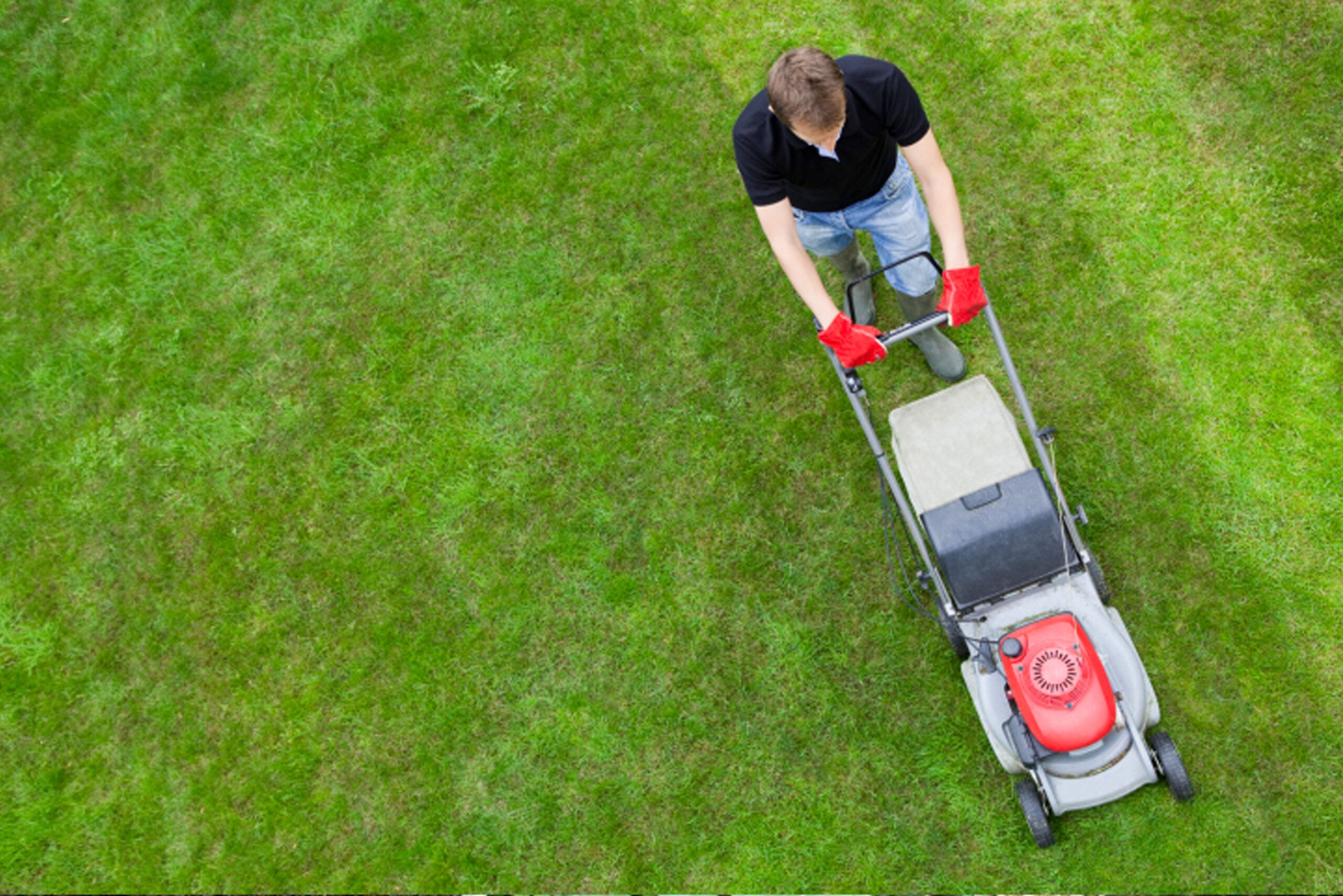
If you’re feeding your lawn with care, you’re surely also cutting it regularly to keep it looking great. Lopping it too short, however, will only undo your nutritional good deeds. Butchered turf is weak turf, since those blades of grass are where photosynthesis, the process by which all plants feed themselves, takes place. Too-short grass also aids weeds like crabgrass and goosegrass by letting more light hit the soil’s surface.
Instead: Cut frequently, with sharp mower blades, never taking off more than one-third of total height. Ideal grass length varies by zone, season, and species, so ask your local extension service for a recommended range for your lawn. “For healthier grass with deeper roots and fewer low-growing weeds, set your mower at 2.5 to 3 inches,” says lawn and garden pro Ashton Ritchie.
19. Overshearing Shrubs
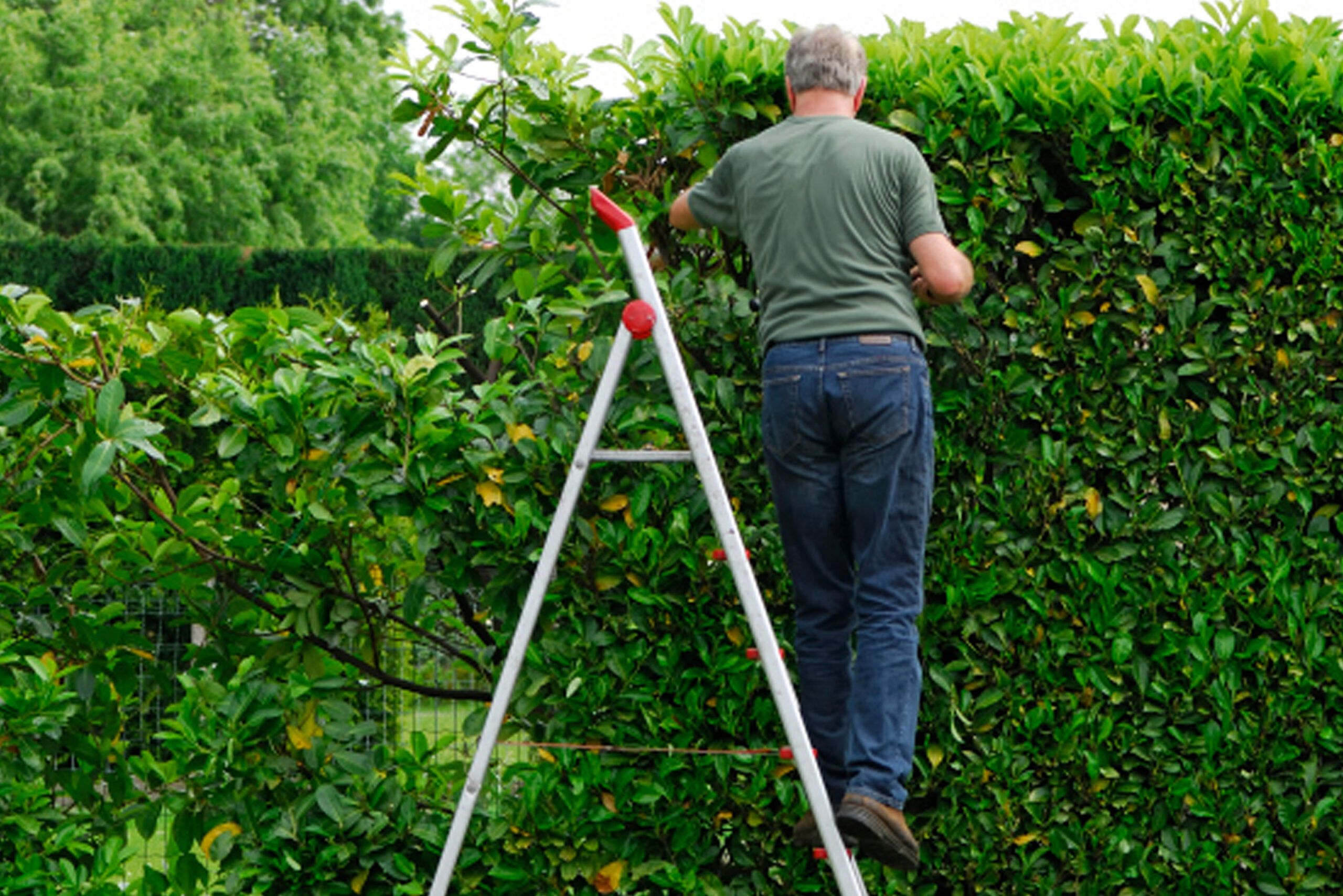
Trimming shrubbery is a fine way to show your affection—but an Edward Scissorhands-style assault can make normally low-maintenance plantings aggravated and just plain prickly. “The needles or leaves that remain after an aggressive shearing tend to be overexposed to sunlight; they will turn brown and may never come back,” says arborist Mark Chisholm. Even using a power trimmer to shave off just the outer layer of growth can cause harm, since the bud growth it stimulates will in time block light from penetrating to the interior of the plant.
Instead: Lose the power shears and use bypass hand pruners instead, trimming bushes branch by branch. Chisholm advises angling the cut, especially in the case of hedges, so the bottom of the planting is slightly wider than its top. “This lets lower leaves and branches get some sunlight,” he says. Cutting in at some spots with your pruners will also give light and air a path to the shrub’s hungry core.
